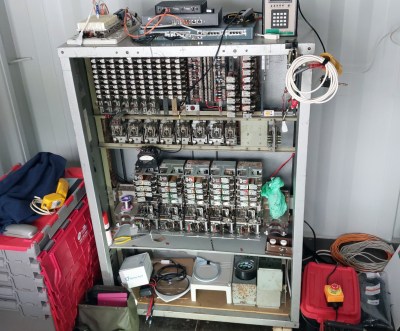The world of experimental self-built aircraft is full of oddities, but perhaps the most eye-catching of all is the JD-2 “Dyke Delta” designed and built by [John Dyke] in the 1960s. Built to copy some of the 1950’s era innovations in delta-style jet aircraft, the plane is essentially a flying wing that seats four.
And it’s not just all good looks: people who have flown them say they’re very gentle, they get exceptional gas mileage, and the light wing-loading means that they can land at a mellow 55 miles per hour (88 kph). And did we mention the wings fold up so you can store it in your garage?
Want to build your own? [John] still sells the plans. But don’t jump into this without testing the water first — the frame is entirely hand-welded and he estimates it takes between 4,000 and 5,000 hours to build. It’s a labor of love. Still, the design is time-tested, and over 50 of the planes have been built from the blueprints. Just be sure to adhere to the specs carefully!
It’s really fun to see how far people can push aerodynamics, and how innovative the experimental airplane scene really is. The JD-2 was (and probably still is!) certainly ahead of its time, and if we all end up in flying wings in the future, maybe this plane won’t look so oddball after all.
Continue reading “The Dyke Delta: A DIY Flying Wing Fits Four”









 It stood at the back of the container, with a row of four telephones in front of it. We particularly liked the angular “Trimphone”, the height of 1960s and 70s chic. You could dial the other phones in the network with a two digit number, and watch the exchange clicking in the background as you did so. Some of the sounds weren’t quite the same as the full-sized equivalents, with the various tones being replaced by vibrating reeds.
It stood at the back of the container, with a row of four telephones in front of it. We particularly liked the angular “Trimphone”, the height of 1960s and 70s chic. You could dial the other phones in the network with a two digit number, and watch the exchange clicking in the background as you did so. Some of the sounds weren’t quite the same as the full-sized equivalents, with the various tones being replaced by vibrating reeds.









